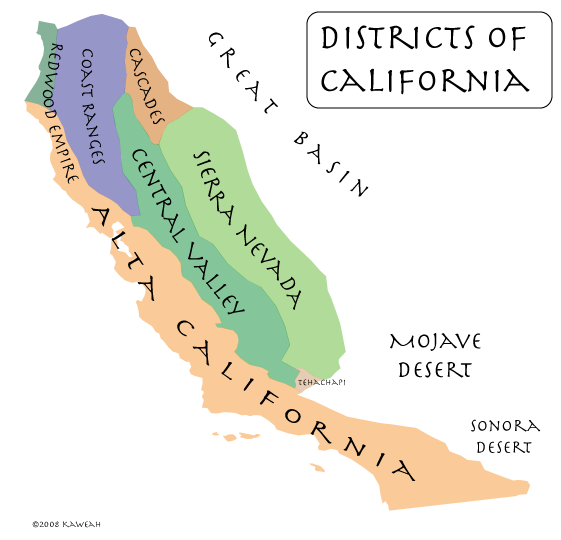Looking back millions upon millions of years ago to the tectonic events that gave birth to the San Andreas fault and California, earth scientists have been striving to determine what forces might have caused the southern Sierra Nevada to lose its root about 3.5 million years ago. It’s a good bet that a range of strange goings on in and around the southern Sierra has been caused by delamination of the subcrustal root of the Sierra: the further uplift of the southern Sierra, subsidence of another portion of the Sierra, tremors and volcanos, and who knows, maybe the 1969 Mets.
One particular event comes to mind: the supervolcanic eruption at Long Valley only 760,000 years ago. You may skeptically inquire, “only 760,000 years?” Bearing in mind that if that infamous supervolcanic explosion-implosion was caused by that splitting of the crust 3.5 million years ago, 760,000 years doesn’t sound like that much. It is as though the initial delamination occurred two weeks ago and a resulting supervolcano then occurred just three days ago.
I don’t mean to venture any conjecture about the probability of major eruptions at or near Long Valley in the immediate future, but rather, I wish to submit that whatever general process existed under the southern Sierra Nevada 760,000 years ago is likely to still be an active process. There’s likely to be something very big going on down there.
What was our first clue?
Perhaps our first clue was the abnormally thin crust under the Sierra.
Where is the crust at its thinnest? Curiously enough, the crust under the Sierra appears to be at its thinnest from around Mount Williamson south to Olancha Peak. This zone includes the highest peaks in the Sierra, and the Hockett Trail cuts right through the heart of it.
Then again, maybe our first clue was the abnormal activity detected in the mantle under Visalia.
The “mantle drip” cell that earth scientists have been investigating lately is thought to be centered approximately below Visalia, and the arc of its circumference cuts deeply into the western Sierra; deepest at the Hockett Plateau. Clearly then, the Hockett Trail cuts through the heart of this zone as well.
Then there’s that other clue: the subsidence that CalTech researchers have identified as roughly centered at the Kaweah Delta. Again, this is the domain of the Hockett Trail.
Oh, and one more thing: why does it appear that the western Sierra is rising west of the Kern Canyon Fault? Could recent activity along this fault, which the Hockett Trail follows from Trout Meadows to Golden Trout Creek, betray some tension caused by convection in the mantle west of that fault?
It seems like a lot is going on under Hockett country.


